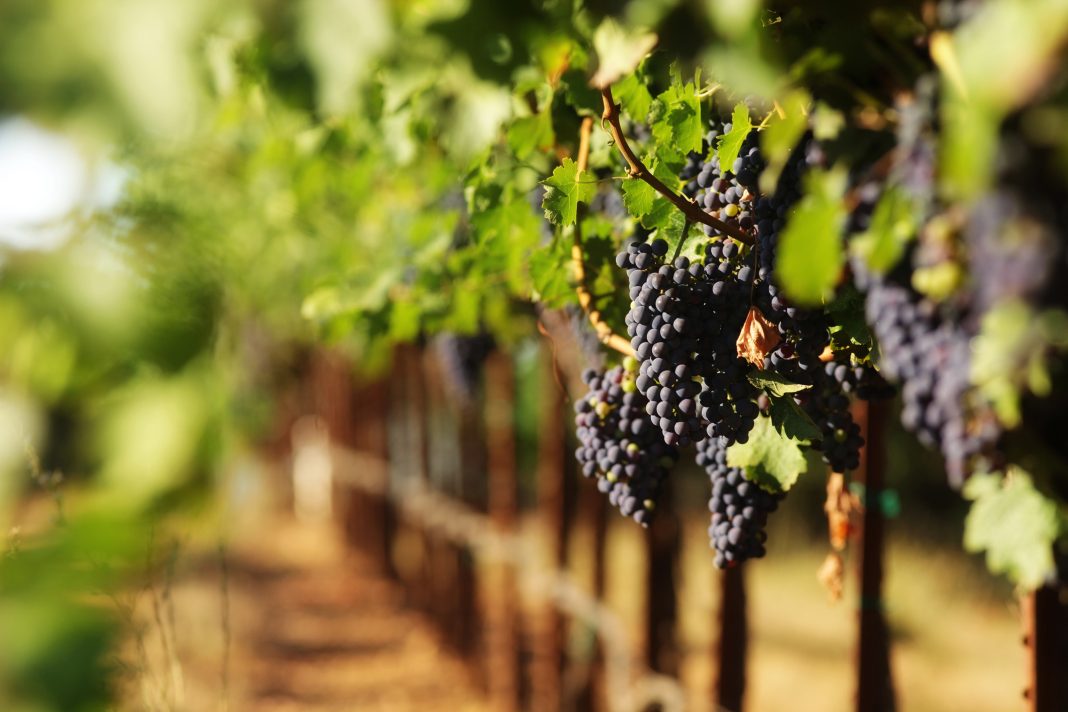Jim Willwerth, Assistant Professor and Researcher at Brock University, Canada, in this horticulture discussion, delves into what we need to know about hormonal therapy for grapevines, including plant growth regulators
Hormones are found across many organisms, including animals, plants and fungi. They consist of a class of signalling molecules that are sent to organs or tissues by biological processes to regulate both physiology and behaviour.
In medicine, we treat many ailments and diseases with drugs. Recent advances in treatments such as immunotherapy and hormonal therapy have improved many individuals’ life expectancy and quality of life. Hormonal therapies are used to treat different types of cancer (breast, ovarian, prostate), menopause and others. For cancer treatment, hormone therapy adds, blocks, or removes hormones to slow or stop the growth of certain cancer cells that need hormones to grow.
Hormonal therapy in horticulture using PGRs
In horticulture, the use of hormonal therapy is done using plant growth regulators (or “PGRs”). These include both natural plant hormones and synthetic ones. One of the most common PGRs that many people may not be aware of is the use of rooting compounds to get their house plants to root. Traditionally, active ingredients such as indolebutyric acid (IBA), which is a synthetic auxin, have been used to promote plants to root. This is a common approach in the horticulture industry for propagation and even for home gardeners.
Auxins are one class of plant hormones (aka phytohormones) that promote growth. Four other major phytohormones include gibberellins, cytokinins, ethylene and abscisic acid. Other hormones, including brassinosteroids, salicylates, and jasmonic, also affect the plant’s physiological processes.
Plant growth regulators are commonly used in plant propagation but are also used in other aspects of horticulture and agriculture. One common industry that utilizes plant growth regulators is the table grape industry. PGRs are used to help improve grape cluster attractiveness, including cluster elongation, loosening of the cluster, and colouring of the fruit. These are achieved through applications of various PGRs at different stages of fruit development to achieve the desired result.
The scientific community has gained much information on phytohormones and plant regulation. There are peer-reviewed journals dedicated to this field. We have a much greater understanding of how these compounds are involved in signaling and regulating physiological processes. However, we have not seen considerable advancements in commercializing new-generation plant growth regulators in agriculture. It may be due to the cost of production, regulatory issues, or other factors.
PGRs in the constantly changing global climate
As the global climate constantly changes, the need for PGRs will continue to increase. In some cases where temperatures increase, plants may struggle with dormancy, gaining sufficient chilling requirements to break bud or drought stress with increase, warmer nights may reduce acidity, colour and flavour in our fruits. PGRs can help overcome these abiotic challenges.
Many feel that warmer winter temperatures will enable more crops to be grown in cool climate regions and expand agriculture regions. While this may, in part, be true, it also comes with challenges to existing regions growing woody crops such as grapevines. Many of the cultivars have been established for many decades or even centuries and are well adapted to these regions. These grapevines traditionally would break bud after much of the frost risk is over, and the fruit matures consistently during the growing season with balanced taste and flavours.
However, with a shift in temperatures and growing season, grapevines and other woody crops are losing their cold hardiness earlier, achieving bud break weeks earlier in some regions, and the fruit is maturing at hotter times of the growing season rather than the cooler fall months. Consequently, productivity and fruit quality can be negatively impacted. For example, a much earlier bud break can lead to weeks of increased frost risk. Therefore, using PGRs may be a viable and “natural” solution to allow grapevines and other plants to overcome some of the climatic challenges by helping them be more resilient to volatile and extreme temperatures.
One area of focus in our lab group in Ontario is to explore using abscisic acid analogues to help maintain dormancy and delay premature loss in cold tolerance and bud break. Our team at Brock University, in collaboration with industry and through an Agriculture and Agri-Food Canada Grape and Wine Science Cluster, have found that these PGRs can maintain their biological activity throughout grapevine dormancy and help the vine maintain its hardiness by up to a few degrees later in winter and delay bud break up to two weeks in some instances.
Collaborators in other regions have found similar results.
Looking ahead: Horticulture solutions
Growers and industry stakeholders in Canada and other cool climate regions are looking for more solutions to reduce the threat of freeze injury. This could provide a sprayable solution to growers worldwide to combat the volatility and extreme temperatures during winter dormancy and help reduce freeze injury that can result in billions of dollars of crop loss globally. Extreme and volatile weather has always been a threat to agriculture. Can we help our plants and agriculture sectors become more resilient to this? Using new-generation plant growth regulators may be a sustainable way forward to help adapt to the changing world.


